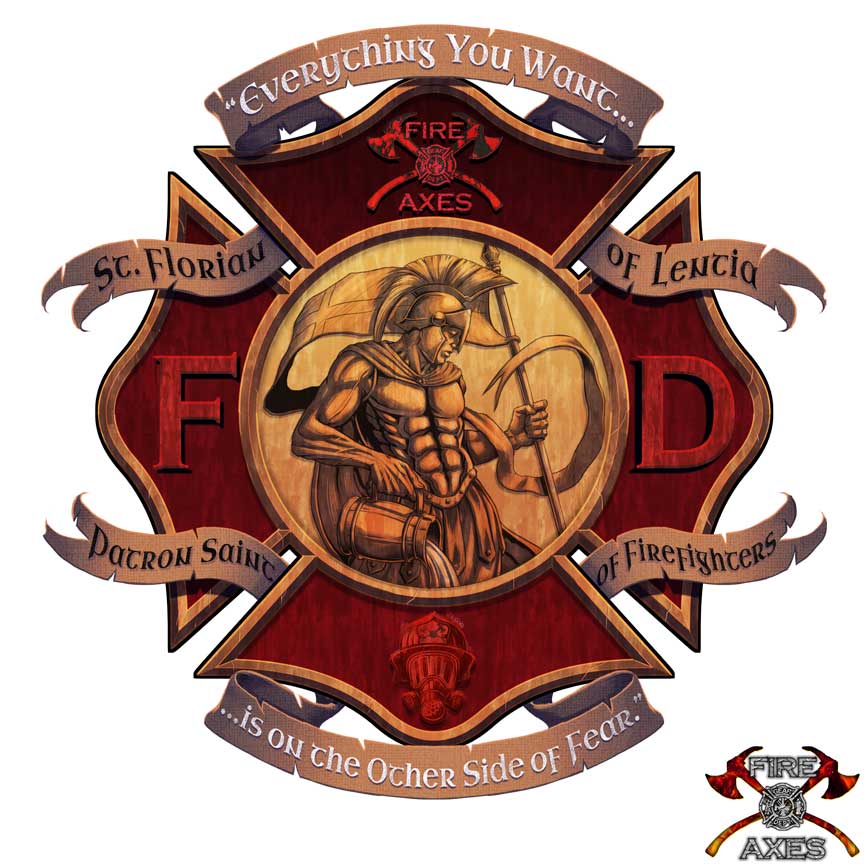In recent years, Canada has witnessed an increase in the frequency and intensity of wildfires, posing significant threats to forests, wildlife, and communities. In the fight against these raging infernos, firefighters employ various strategies, and one of the most awe-inspiring techniques is aircraft water bombing runs. This blog explores the crucial role of aircraft water bombing runs in Canadian wildfires, their effectiveness in fire suppression, environmental considerations, and the challenges faced by the brave individuals involved.

- The Power of Aerial Support: Aircraft water bombing runs, also known as aerial firefighting, involve the use of specially equipped planes and helicopters to drop water or fire retardant directly onto wildfires. This aerial support is particularly effective in reaching remote and inaccessible areas, where traditional ground-based firefighting methods may be limited. The speed, precision, and large capacity of water bombers make them invaluable assets in battling wildfires across Canada’s vast landscapes.
- Rapid Fire Suppression: When a wildfire rapidly spreads, time is of the essence. Aircraft water bombing runs enable firefighters to quickly deliver massive amounts of water or fire retardant to contain and suppress the flames. The sheer volume of water dropped by these aircraft helps to cool the fire’s intensity, reduce the rate of spread, and create a firebreak that can aid ground crews in their efforts. This rapid response capability significantly improves the chances of gaining control over the fire before it engulfs more extensive areas.
- Environmental Considerations: While aircraft water bombing runs are highly effective, they require careful consideration of environmental impacts. Fire retardants used in aerial firefighting operations are designed to slow down or inhibit fire growth. However, their composition can vary, and some formulations may contain chemicals that could pose risks to aquatic life or ecosystems if they enter water bodies. As a result, strict protocols and guidelines are in place to minimize environmental harm and ensure the responsible use of fire retardants.
- Coordination and Collaboration: Aircraft water bombing runs require meticulous coordination and collaboration among various stakeholders. Fire management agencies, pilots, ground crews, and meteorologists work closely together to strategize and execute firefighting plans. Effective communication is vital to ensure the safety of all involved and maximize the efficiency of aerial operations. The seamless integration of ground and aerial resources is key to achieving successful outcomes in extinguishing wildfires.
- Operational Challenges: Engaging in aerial firefighting operations presents inherent challenges. Unpredictable weather conditions, including strong winds and turbulence, can make flying hazardous and limit the effectiveness of water drops. Limited visibility due to smoke and the presence of obstacles such as trees or power lines further complicates the pilot’s task. Additionally, the logistics of coordinating refueling, reloading water or fire retardant, and identifying appropriate water sources for replenishment demand careful planning and execution.

- Continuous Improvement: The use of aircraft water bombing runs in Canadian wildfires is an evolving field. Ongoing research and technological advancements aim to enhance the effectiveness and safety of aerial firefighting operations. Innovations such as improved aircraft capabilities, enhanced fire retardant formulations, and better real-time data analysis contribute to refining firefighting strategies and minimizing the impact of wildfires on communities and ecosystems.

Conclusion: Aircraft water bombing runs play a vital role in combatting wildfires in Canada. These awe-inspiring operations exemplify the commitment and bravery of those on the frontlines. By swiftly delivering water or fire retardant to the heart of the inferno, aerial firefighting significantly enhances the effectiveness of firefighting efforts. However, it is essential to balance the efficacy of water bombing runs with environmental considerations and address operational challenges through collaboration and continuous improvement. With these efforts, we can harness the power of aircraft to better protect our forests, wildlife, and communities from the devastating impacts of Canadian wildfires.

